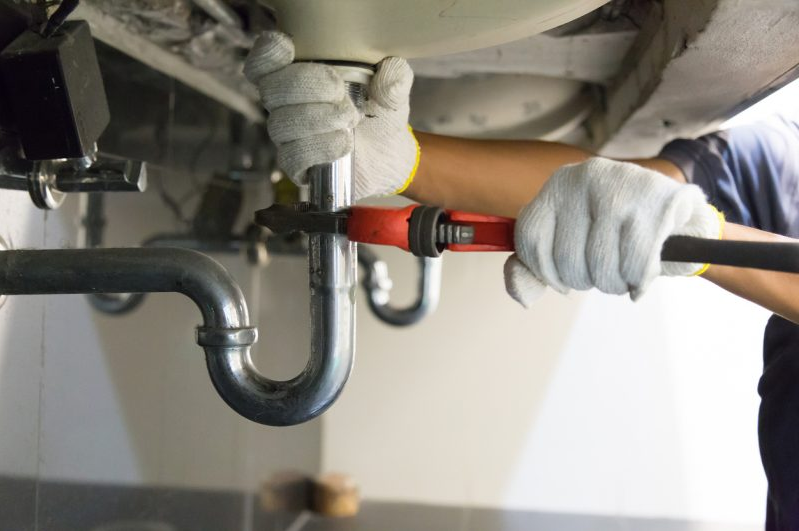Water in your basement can be an enormous source of frustration, but don’t despair: its presence can be managed effectively.
If your basement floods after heavy rainfall, there are ways to immediately mitigate its damage. Wetness can easily become mold-infected and cause irreparable foundational issues. Here are some tips to prevent basement flooding.
If you’re looking for professional plumbing services to safeguard your home, look no further than https://jblantonplumbing.com/service-area/glenview/.
Check your gutters and downspouts
Gutters are one of the unsung heroes in your home, moving water away from its foundation and helping prevent basement flooding during a rainstorm.
If your soil doesn’t slope sufficiently or you lack gutters and downspouts, water sits and exerts hydrostatic pressure that pushes through any hairline cracks, basement window wells, or other access points within. An inch of rainfall creates approximately 7,000 gallons of runoff that soaks into the ground around your foundation walls.
Inspecting your gutters and downspouts is an easy way to reduce this issue. Watch for water flowing freely, check any downspout blockages, and ensure secure attachment to gutters. Depending on where your home is situated, downspout extensions may be necessary to maintain an appropriate distance between gutters and foundations.
If your downspout is clogged, immediately clear it to prevent basement flooding. When climbing your gutters, wear gloves and eye protection. Additionally, wait until after any rainstorm has subsided before ascending the ladder to prevent slips or falls that could otherwise happen.
Seal up any openings
Water in your basement can damage personal belongings, foster mold and mildew growth, and even weaken your foundation. If you live in an area prone to frequent rains and flooding, taking precautionary steps against potential flooding may help lessen its effects.
Wet basements can often be caused by poor exterior drainage, hydrostatic pressure, and groundwater leakage. Surface water can enter your basement through walls, floors, and the gap between foundation footings and the basement wall known as the cove joint.
When considering potential water entry points in your house, examine any openings where pipes or wiring enter. Seal these off using mortar, caulk, or expandable foam for protection.
Lift your washing machine and dryer off of the floor to reduce leakage of water from these appliances, and monitor for moisture that may seep into your basement through broken appliance hoses or condensation.
Install a sump pump
Sump pumps can be an invaluable solution to prevent basement flooding and water damage. When installed correctly, they can collect any water that accumulates beneath the floor or within walls before discharging it via a discharge pipe outside your home.
This helps counter seepage, hydrostatic pressure, and cove joint seepage, making this one of the most essential preventive steps for your home.
Start by contacting a professional for help. They’ll find an ideal spot in your basement to install your sump pump. This should be at the lowest point and in close proximity to an exterior wall so discharge pipes can easily connect. Furthermore, ensure this area has access to a GFCI outlet for powering it.
Once you have identified an ideal location for your sump pump, create a hole large enough to house its basin. Fill this pit with gravel before covering it with paver stones as a sturdy base for your pump.
Finally, lay out and secure the basin of your sump pump. Check that your float valve can move freely up and down, triggering your sump pump when water fills it.
Repair foundation cracks
Cracked walls in your basement may indicate more severe problems in the surrounding soil. They typically form due to shifting, or expansive or waterlogged ground conditions, which result from overly wet conditions or poor compaction of soil layers in and around your home.
Your soil type also plays an integral part in whether your foundation is at risk from water damage. When moisture or freeze/thaw cycles cause shifts in the soil around your foundation, hydrostatic pressure builds up that could push against its walls and damage them over time.
If your basement wall cracks are wider than a hairline, professional repairs should be considered to prevent future water damage and keep moisture out of both your basement and living spaces.
Professionals can repair poured concrete foundation cracks using an injection method in which flexible, expanding urethane resin is injected into each crack to seal it from within.
Related Posts












